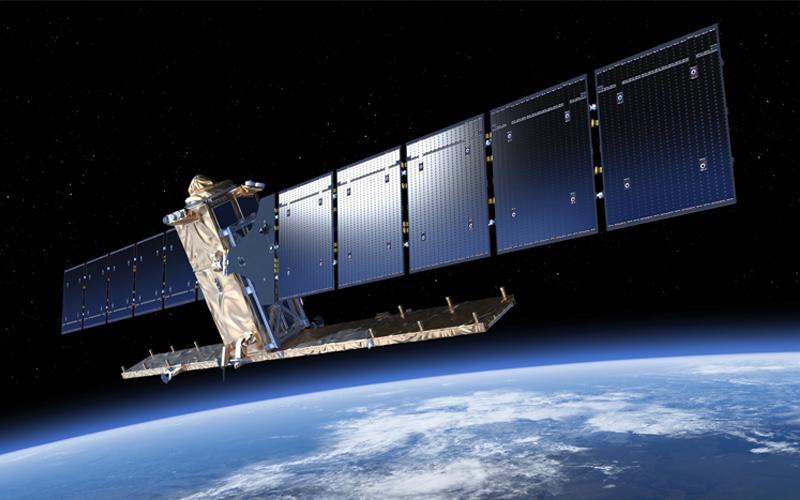
In an email to European Spaceflight, Copernicus Sentinel-1 Mission Manager Pierre Potin has shed some light on a power issue that the Sentinel-1B satellite suffered late last year.
Are there any additional details on what the recovery team thinks the problem is and what caused it?
The problem is located in a unit of the power subsystem of the satellite. This unit is part of the platform of the satellite and supplies power to the radar instrument. The elements subject to malfunction are linked to a power-regulated bus. This bus supplies power to the electronic sub-system of the radar instrument.
What is the next step for the recovery team?
The next steps are to perform all necessary investigations to identify the root cause of the problem, find possible alternative solutions to fix the issue, and perform further attempts for the reactivation of this specific function of the power supply unit.
What is the timeframe to getting it back up and running if recovery efforts are successful?
If recovery efforts are successful meaning the power unit can be put back in function, the restart of the S1B operations will be immediate.
In the event that they can’t solve the issue, can the satellite be safely moved into a graveyard orbit or deorbited?
The satellite remains fully under control, the thermal control system works properly and the regular orbit control manoeuvres are routinely performed. In case of a potential collision with an object in orbit, collision avoidance manoeuvres can be executed. It is not at all planned at this stage to envisage deorbiting, the satellite could actually be kept under control in its nominal orbit for years.
In the event that they can’t solve the issue, are there other Copernicus satellites with complementary functionality to ensure that data can still be acquired?
In parallel to the investigations, actions have started (jointly by ESA and the European Commission) to substitute a fraction of S1B data acquisitions with Copernicus Contributing Mission data, in order to support some parts of the most critical Copernicus Services that are affected. These specific acquisitions will however be limited and will only compensate a small part of the S1B observations.
A detailed analysis has also started to possibly adjust the observation plan of the S1A satellite. This plan will to some extent cover relevant areas affected by the unavailability of S1B data, of interest to Copernicus services, public authorities, and Sentinel-1 data users in general.
As the satellite was nearing the end of its primary seven-year mission, what will replace it? And how near is that new satellite to being launched?
In case of a permanent failure, the replacement of S1B will be made with S1C. The Flight Acceptance Review of S1C is planned for October 2022, the launch will take place during the following months. The exact launch date is still to be fixed.
S1C will be very similar to S1B and will ensure all S1B functionalities (actually with some improvements in the radar performance). It will include in addition a specific payload for Automatic Identification System (AIS), useful for maritime surveillance (ship monitoring).




